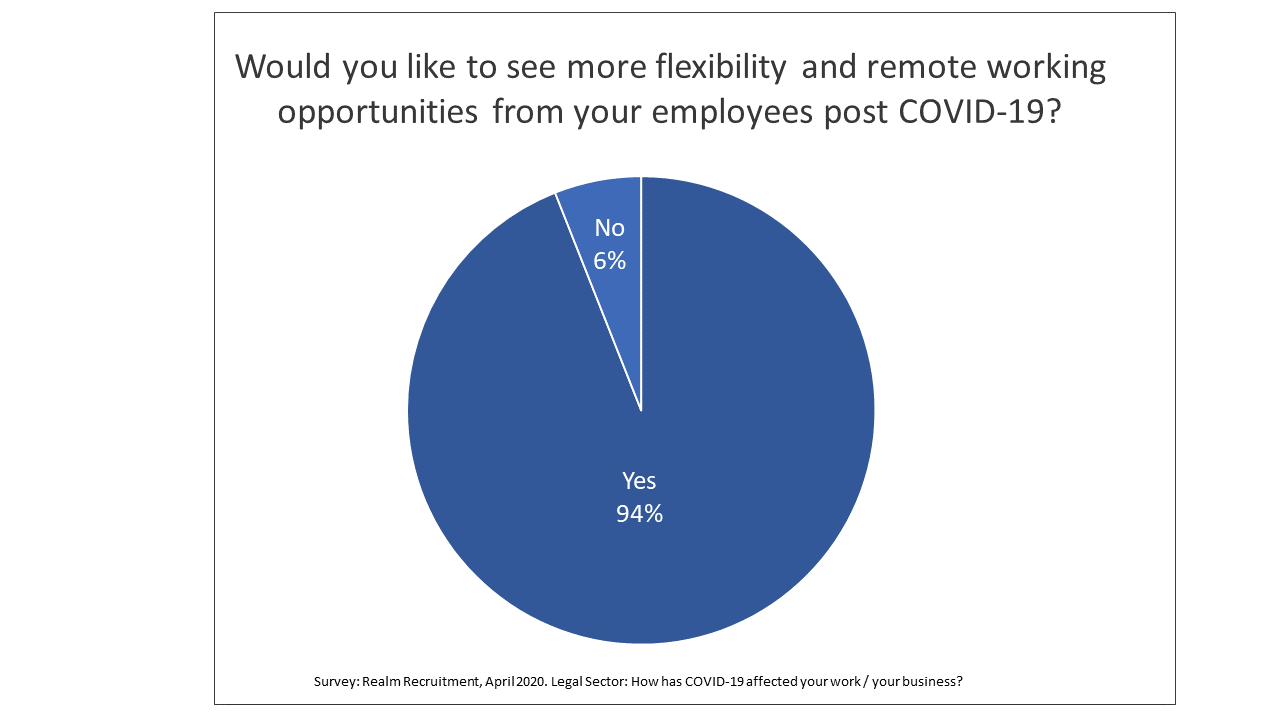The global pandemic has created a humanitarian crisis with lives lost, unemployment, poverty, and a strain on critical services. But, it has also caused significant challenges for CEO’s and business leaders unlike any they have ever faced, forcing an abrupt disruption to the daily lives of employees and how they work, the way customers behave, how supply chains function, and what ultimately constitutes business performance.
These unprecedented circumstances have, according to a recent leadership survey by McKinsey, led to four shifts in the way CEO’s lead the company:
- Think ‘Bigger Faster’ by unlocking bolder aspirations
- Elevate ‘to be’ to the same level as ‘to do’
- Fully embrace stakeholder capitalism
- Harness the full power of their CEO peer networks
The Mckinsey report discusses in more detail how CEO’s have changed their behaviour, but the success or failure to fully execute on these shifts is to some extent underpinned by how the company has embraced technology and innovation in their everyday operations in the past. Without having effective, and easy to use collaboration tools to communicate internally and externally with customers and suppliers, business continuity is much more laboured and complex.
There will be organisations that will embrace the dramatic changes that the pandemic has caused to take the business forward in a positive way. Like Cincinnati Children’s CEO Michael Fisher who was quoted in the report:
“I keep pushing myself and our team to think about how we use this inflection point to reimagine our potential together, as opposed to allowing our organization to just go back to the comfort of ‘Let’s do what we’re doing.”
How will law firms build on this unique moment, or will they return to the ways of the past?
In recent months, leaders within law firms have had to make crucial decisions. In a short space of time they have had to, in many cases scramble to enable remote working across the practice to keep the firm running. Added to this is the complexity of ensuring access to applications and documentation that is routinely held within the physical office, as well as the increasing threat of a cyber-attack comprising sensitive data.
Remote or flexible working is a significant change for law firms.
We can see from a 2019 survey of lawyers conducted in support of McCrum Consulting’s “Perfect Legal Business” Annual Conference that barely a third of firms offered employees either non-standard working hours or flexitime. The relative lack of support for flexibility amongst employers in the profession was still evident in 2020 as research carried out by a recruitment firm in April that surveyed 150 lawyers from small to large practices.

Is flexible working here to stay in law firms?
There is an appetite for remote working to continue once the pandemic is controlled or eradicated. The same survey revealed that 94% of employees wanted to see this flexibility in their work/ life balance continue.

However, the ability to offer remote working is not as simple as just rolling out collaborative applications across the business. Wedlake Bell is a good example of a law firm who embraced – and continues to do so - technology to build a modern, forward-thinking firm. Workplace flexibility and collaboration was a key driver in their technology strategy way before the pandemic – so they were in a great position to switch to full remote working in March 2020 as the first lockdown started.
Many firms have frantically deployed collaborative solutions, such as Zoom and Microsoft Teams to ensure business continuity over the last 6 months. However, is now the time to consider whether the existing technology in place – the networking infrastructure, security software and policies, and legal technology integration – is adequate enough to will allow law firms to transform and meet the changing demands and expectations?
There are many considerations and complexities that pertain to all businesses but especially the practicalities of delivering legal services. Having a technology and security strategy and roadmap which includes the physical workplace, personal or company devices used at home, and the integration of legal tools and applications, such as those listed below, is essential.
- E-discovery which is a critical stage in all forms of litigation and is the process by which both sides of an issue must share information. Many firms have the technology for e-discovery, which allows files to up uploaded and sent to the opposing party without the hassle of paper documents.
- AI-driven document management software. AI-driven document management software is driving incredible innovation allowing law firms to run sophisticated searches across all types of content.
- Billing and accounting software to track consulting time, bill and receive payment for their services. However, as clients want more transparency many firms have been changing the billing model to include fixed fees, capped fees, and other alternative fee arrangements.
According to a Law technology Today law ‘technology is a key enabler of future success for law firms of all sizes. But too many firms are failing to make the most basic investment in technology: allocating money in their budgets for software and other tools’.
The pandemic will have undoubtedly exposed those firms that have not invested, but there’s certainly lots of data and commentary around the technology shift within the sector. We are fortunate to work with law firms across the spectrum – as a strategic technology partner for the most technologically advanced legal start-ups, well established firms like Wedlake Bell who were already well ahead of the curve with a company-wide collaborative workplace, to working with legal firms who want to evaluate their practice with the intention of using technology strategically. We know that it is the firms that use technology to transform that deliver a greater customer experience, can offer flexible working and thereby attract the brightest talent – and importantly keep the business protected from cyber threats.
Moving from a traditional business model is not easy but technologically transforming the business will place the firms in a much better position to succeed in these uncertain times, and to be ahead of the game as we move into more ‘normal’ times.